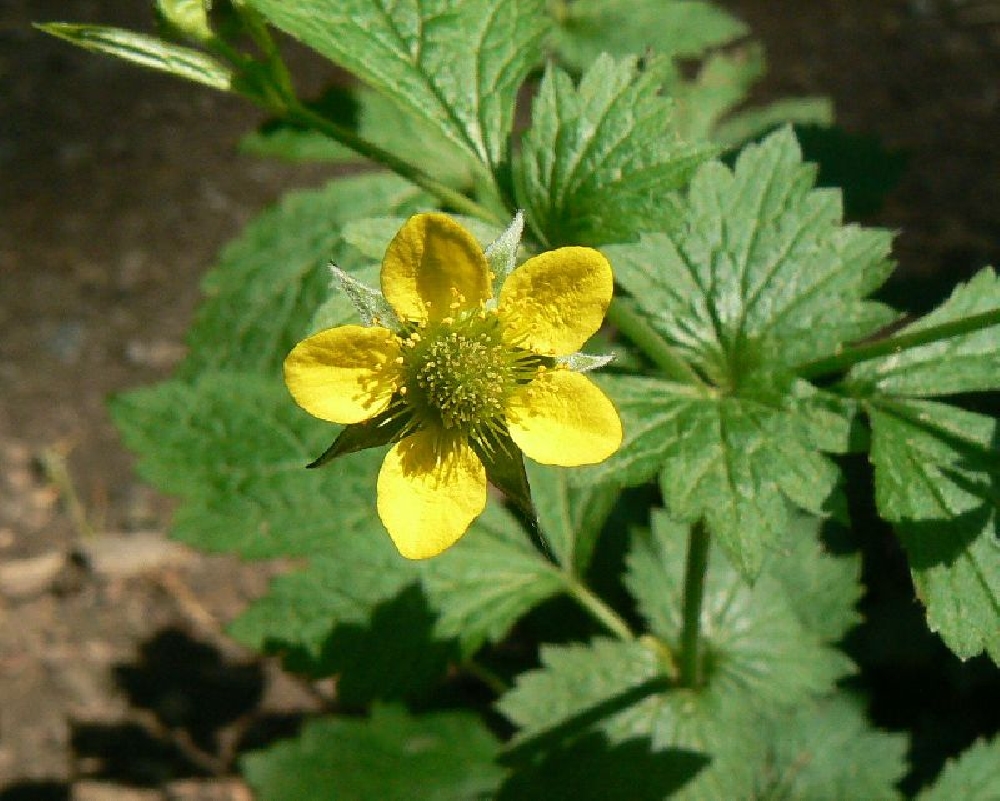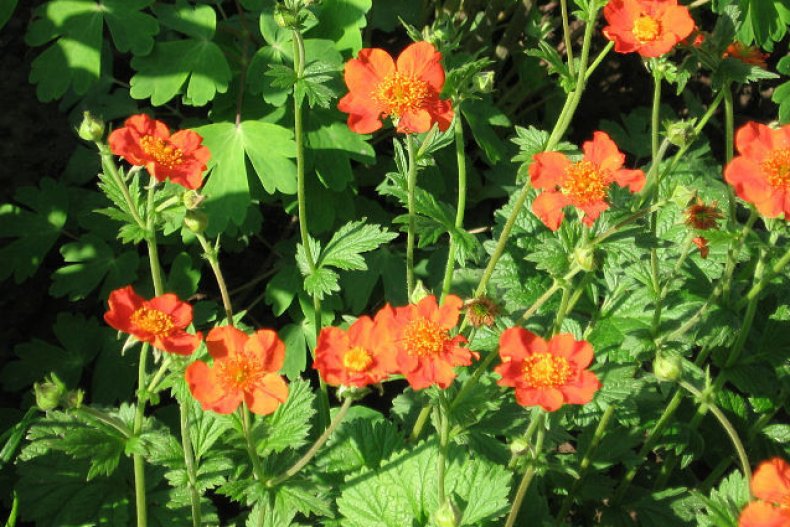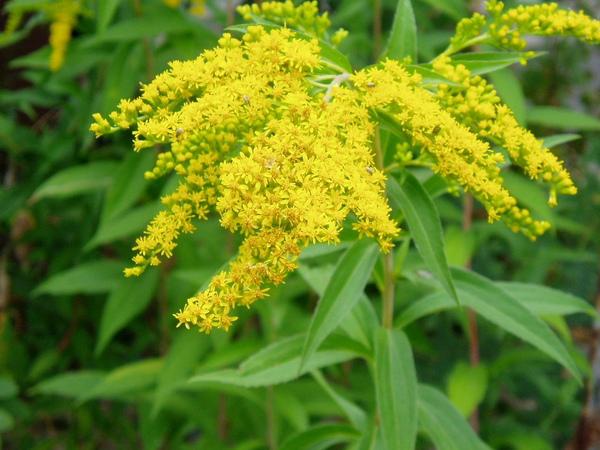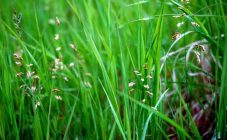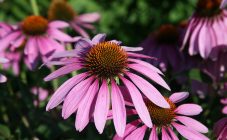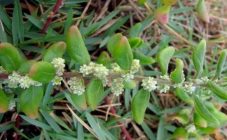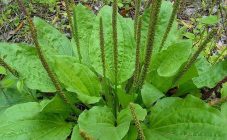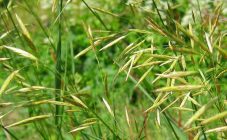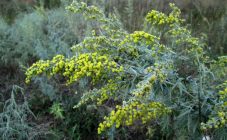Content:
Among the wild flowers, there are many interesting specimens that attract with their decorativeness. Therefore, they can be found in summer cottages, not an exception - the city, for example, the city gravilat (the Rozanny family) grows in parks and squares, and also settles near apartment buildings.
Gravilat belongs to herbaceous plants for open ground. This is a perennial, quietly wintering in the soil. Some of the plant attracts with its healing properties. Others love the look of its flowers.
Sometimes the undergrowth (this is the name among the urban people) is confused with another representative of the family. But the river gravilat, despite its external similarity, differs in the shape of its flowers.
Description
Many have met the wild plant Gravilat Urban with its five-petalled yellow flowers. They reach 1.5 cm in diameter and are located on thin long pedicels, framing the tops of the stems. In the description of the gravilat, the following features can be distinguished:
- the plant has a hollow straight stem with few branches, pubescent with soft whitish hairs;
- the gravilat has a creeping thick root;
- leaves have a different shape (depending on the location):
- basal - on long petioles, intermittent, lyre-shaped;
- stem - on shortened petioles or sessile, 3 separate, with large stipules;
- the fruit is a spherical nut, 20 mm in diameter, consisting of achenes; it is they who constantly cling to clothes, which is why the people called gravilat also a rag.
The flowering of the undergrowth (it is also called the Aleppo gravilat) occurs in May - August.
The latter, by the way, have a pleasant clove scent. Therefore, dried roots in some cuisines of the world are used to flavor dishes. Gravilata leaves go to salads.
The plant is also called gravilat pharmacy, because it has a powerful medicinal composition. He is credited with astringent, wound healing and hemostatic properties, analgesic and anti-inflammatory. The herbal decoction increases vitality.
Types of gravilates
The Russian landscape is decorated with different varieties of gravilat. Some of them are familiar representatives of European nature. Others can be found in the garden beds of domestic summer residents, but they came from other continents.
Varieties
| View | Features: |
| Mountain | Externally, it is very similar to the city gravilat The flowers are the same yellow, but formed from 6 heart-shaped petals. The height of the bush is small - 10-20 cm |
| River | The best plant for reservoirs is gravilat of this species. It will be an excellent edging for mini ponds in the country. The flowers have a creamy color, their shape resembles drooping bells. The upper part of the stem and calyx are painted in a reddish shade |
| Intermediate | It is named so because it is a hybrid of an urban and a river species. He also has bell-shaped flowers, but already of a yellow hue.The grass feels comfortable near ponds, but also thrives on alpine slides |
Often these 2 varieties are confused, which is quite natural - the "twins" at first glance are very similar to each other. They have inflorescences of the same shape and color and velvety leaves of a dark green hue. The main difference is in the height of the bush: bright red reaches 30-35 cm, "Chilean" grows up to 0.6 m.
Hybrids
The popularity of gravilates was so obvious that breeders developed several attractive varieties specifically for horticulture:
- Eos is a bright red gravilat. Attracts itself with an amazing contrast of inflorescences with greenish-yellow foliage;
- Alabama Slammer has rich yellow petals with orange-red blotches along the edges;
- Mai Tai gravilat is characterized by pinkish-peach shades;
- a bright scarlet semi-double flower at the gravilat geum flames of passion;
- interesting for its inflorescences of deep red color and terry gravilat Red Dragon.
Growing features
The gravilates habitual for the Russian region are not demanding on growing conditions. Foreign varieties require special attention.
In breeding plants, planting is usually carried out in seedlings. Domestic can be sown directly into open ground. In this case, the soil should be loose, drained, with low acidity.
Before planting, the soil must be moistened and enriched with humus. Where the gravilat will be planted, it is recommended to raise the soil to avoid waterlogging.
It is advisable to provide the bush with a free space of about 15-17 cm - the gravilat does not like testons and shading.
Only red gravilates, who are afraid of moisture stagnation, need special care. Therefore, in cold summers, watering is best kept to a minimum. Potassium-phosphate mineral water or organic matter is applied to the flower bed 4 times during the growing season. The rest of the care comes down to regular loosening and timely removal of faded buds.
Advantages and disadvantages
Gravilat RF actively uses traditional medicine. It attracts summer residents with its decorativeness. But in order for the flowerbed to be always elegant, you have to pay attention to wilted inflorescences and try to avoid stagnation of water (only a river view loves moist soil).
Plants in landscape design
Gravilat blooms throughout the summer, so it is a suitable option for garden beds. Even without flowers, the plant stands out for its decorative effect, thanks to the carved leaves. Repyashok is good as a framing of paths and perfectly complements group plantings. By diversifying them with red gravilates, you can get original combinations.
